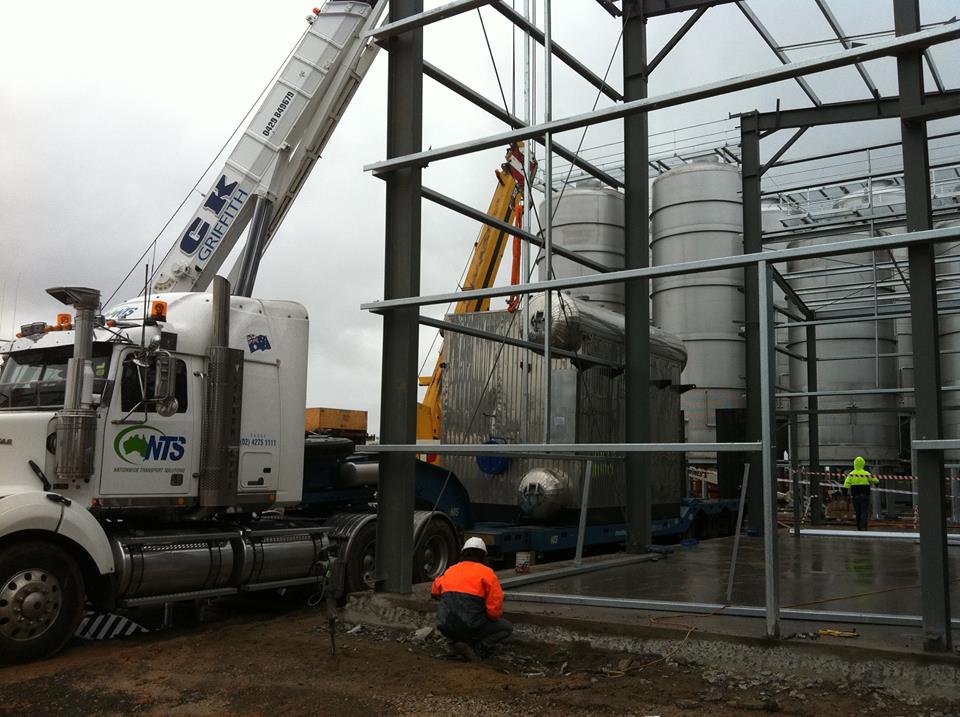Get to know Air Pollution From Steam Boilers
 Air contamination has constantly been a significant ecological issue. The burning of gases, largely in nuclear power plant energy central heating boilers, provides the mass of earth’s power requirements. Regardless of launching helpful heat to create power, there are unwanted results rising from the procedure, which are the pile gases. Generally, the undesirable results, also known as contaminants, are either in gaseous or particle in kind. Aeriform contaminants are sulfur dioxide, numerous oxides of nitrogen NOx, and carbon monoxide gas. Particle issues could be made of unburned hydrocarbons, residue, and bits. Poor air high quality is likewise measured in regard to sulfur dioxide, nitrogen oxide, and particle issues.
Air contamination has constantly been a significant ecological issue. The burning of gases, largely in nuclear power plant energy central heating boilers, provides the mass of earth’s power requirements. Regardless of launching helpful heat to create power, there are unwanted results rising from the procedure, which are the pile gases. Generally, the undesirable results, also known as contaminants, are either in gaseous or particle in kind. Aeriform contaminants are sulfur dioxide, numerous oxides of nitrogen NOx, and carbon monoxide gas. Particle issues could be made of unburned hydrocarbons, residue, and bits. Poor air high quality is likewise measured in regard to sulfur dioxide, nitrogen oxide, and particle issues.
From the standpoint of steam central heating boiler procedure, the air contamination control is mostly inspired by the lawful need as covered by regulations and statutory regulations. For example, the acceptable black smoke restrictions are Ringlemann Graph No. 2 for solid gas and Ringlemann Chart No. 1 for various other gas central heating boilers, while the particle matters concentration in flue gas emission is restricted to 0.4 g/Nm3 based on the isokinetic stack sampling. For black smoke emission, under the ordinances, the allowed duration to exceed both requirements is 5 mins in any kind of one hour or 15 minutes in any 1 Day.
A lot of sulfur dioxide is developed from sulfur in the gas, for that reason, solid fuel especially coal usually generates greater degrees of sulfur dioxide compared to oil. Natural gas offers the most affordable level for comparable heater problem. Sulfur dioxide is the most damaging air pollutant produced by boiler burning due to the fact that it is the leading source of acid rain. Based on legislation, the allowed ambient focus for sulfur dioxide is 0.03 ppm on yearly standard steam boilers. Sulfur dioxide reacts with moisture airborne to develop sulfuric acid, which is the source of acid rainfall. Acid rain could be exceedingly damaging to plants and animals. Acid rainfall influences the marine lives due to the acidification of lakes and rivers, harms the ecosystems, damages people by enhancing toxicity in air, and hampers the development of crops and greenery by raising toxicity in soil. Acid rainfall additionally rots building products and paints. Sulfur dioxide exacerbates asthma, coughs, bronchitis, and upper body illnesses.
There are 2 primary mitigation controls to minimize sulfur dioxide in flue gas discharge, which are pre-combustion reduction or removal at resource and post-combustion reduction or elimination from the flue gas. Pre-combustion reduction consists of making use of low-sulfur fuel such as natural gas, which can minimize sulfur to near zero, and desulfurization. Nowadays, lots of nuclear power plant has desulfurization plant, or De-SOx, to cleanse the sulfur from coal before combustion. De-SOx plants, additionally called scrubbers, utilize sedimentary rock to absorb sulfur gas, lowering the sulfur web content of the pre-combusted coal by 80%, which is from 1.78% to 0.4% in high-sulfur coal. Post-combustion approach consists of wet or dry scrubbing, which calls sorbent sedimentary rock slurry with sulfur dioxide in flue gas in a reactor, creating artificial plaster which is a component of drywall.
Although nitrogen in the burning air is basically inert, at heat for a limited period of time it integrates with oxygen to create NOx numerous oxides of nitrogen. The permitted ambient focus for NOx is 0.053 ppm on annual standard. Nitrogen oxide helps in formation of acid rain however it is the principal source of photochemical smog. It likewise diminishes the ozone layer and could add to the global warming. For human health and wellness, nitrogen oxide can trigger coughing, sore throats, and cardio diseases.